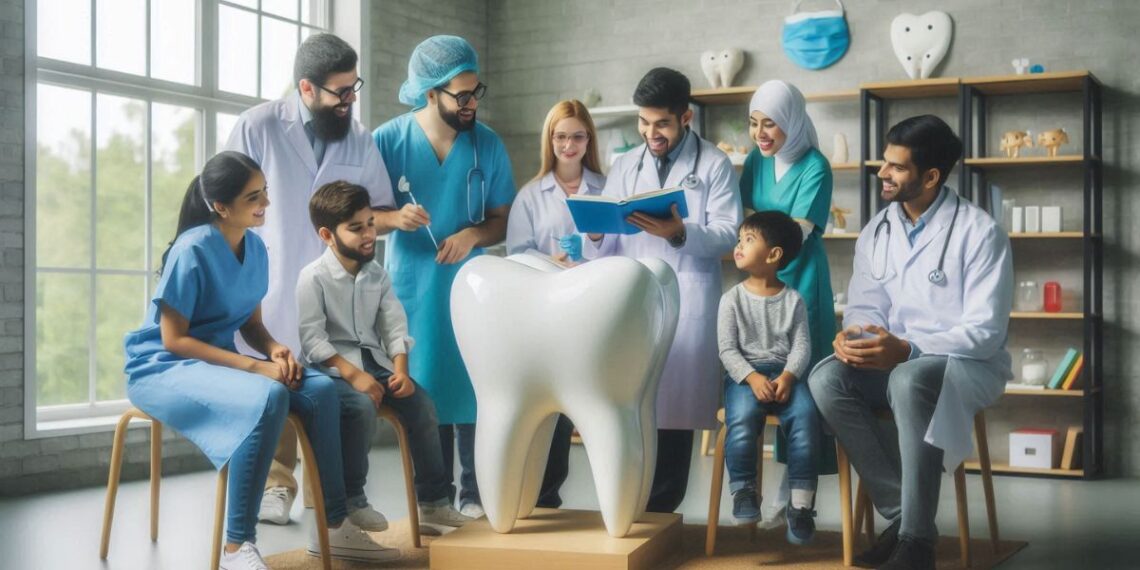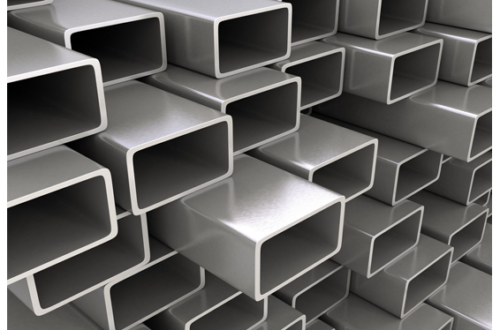Probably, no other feature is in higher demand from the modern world than a shining smile. White teeth reflect beauty, assurance, and prosperity. In this respect, teeth whitening is among the currently popular cosmetic treatments; millions dream about that brilliant smile. It is of high importance not to rush into any treatment without being familiar with its background-that is, the science behind teeth whitening. Thus, such understanding can be very useful for making informed decisions and effective yet safe results.
What Causes Tooth Discoloration?
To understand how teeth whitening works, it is important to consider why teeth become discolored initially. The teeth by nature are bleached white, but they darken due to a variety of factors such as:
- Aging: As one stands the test of time, teeth lose outer enamel layer thinning, and then the yellowish dentin is more apparent.
- Diet: Chromogens are thought to be the elements that stain the enamel. They are found in coffee, tea, red wine, and berries.
- Tobacco Use: Nicotine and tar from smoking or chewing tobacco also tend to stain the teeth.
- Poor oral hygiene: Improper brushing and flossing may result in discoloration due to plaque build-up.
- Drugs: Tetracycline and other antibiotics, especially when given during the time a child’s teeth are developing, can cause darkening of teeth.
Whitening treatments have usually attempted to reverse or reduce discoloration by lightening the enamel through various means.
How Teeth Whitening works
Teeth whitening procedures rely on chemical processes to lighten the color of teeth. There are two categories that teeth whitening can fall into: removal of surface stains and bleaching.
Surface Stain Removal
This whitening procedure involves the removal of surface stains on the teeth brought about by foods, beverages, and cigarette smoking. It is normally performed with toothpastes or over-the-counter products containing mild abrasives. The action of these abrasives removes stains on the surface by scrubbing the surface of the teeth. Removing surface stains, however, does not change the color of the tooth enamel itself. Thus, it is less effective in the case of intrinsic stains-which are located below the surface.
Bleaching
Bleaching is an advanced form of teeth whitening, involving the use of hydrogen peroxide or carbamide peroxide chemical agents. Such an agent easily passes through enamel to break up masses of stains in the tooth structure. In the process of bleaching, oxygen is released, projected to attach to the chromogens and thereby break them apart, giving the teeth a whiter appearance.Bleaching can be performed in the following way:
- In-office treatments by the dentist.
- At-home kits either from dental professionals or over-the-counter.
- Whitening Procedures Types
There are numerous teeth whitening options available. All of these have advantages and disadvantages based on three key factors: cost, effectiveness, and time.
Factors Affecting The Results Of Teeth Whitening
Various factors can define the effectiveness of teeth whitening treatments:
- Type of Stain: Surface stain reacts to whitening more than an intrinsic discoloration will.
- Age: Most of the teeth whitening procedures work best the younger the patient is because teeth of older people already have intrinsic discolorations.
- The thickness of the enamel: The greater the thickness, the better the whitening because of the greater surface area; the bleaching agents have more areas to operate on.
- Product Concentration: The more concentrated the agent, the faster and more obvious the whitening will be. However, this can increase sensitivity.
How Long Does The Effect Of Teeth Whitening Last?
Results of teeth whitening may last for several months to two years, depending on your diet, oral hygiene, and smoking. Of course, the longevity of the results does depend on a number of factors: these are your diet, habits of oral hygiene, and whether you are a smoker or not. These effects can last anywhere from a few months up to two years. The key is good oral hygiene, avoiding foods and drinks that stain teeth, and touching up every now and then.
Conclusion
Teeth whitening is one of the most sought-after cosmetic dental treatments when trying to achieve that brilliant and confident smile. The following section gives an explanation of the science involved in the process, so that you may be informed from a knowledge perspective about which method best fits your needs. Whether you’re considering in-office whitening, at-home kits, or whitening toothpastes, safety should be your first concern. Let a dental professional advise you before starting any whitening program.
By knowing how Teeth Whitening works and what factors influence the effectiveness of the procedure, you shall further possess a brilliant-looking, healthy smile that will surely help in boosting your confidence and enhancing your overall appearance.





